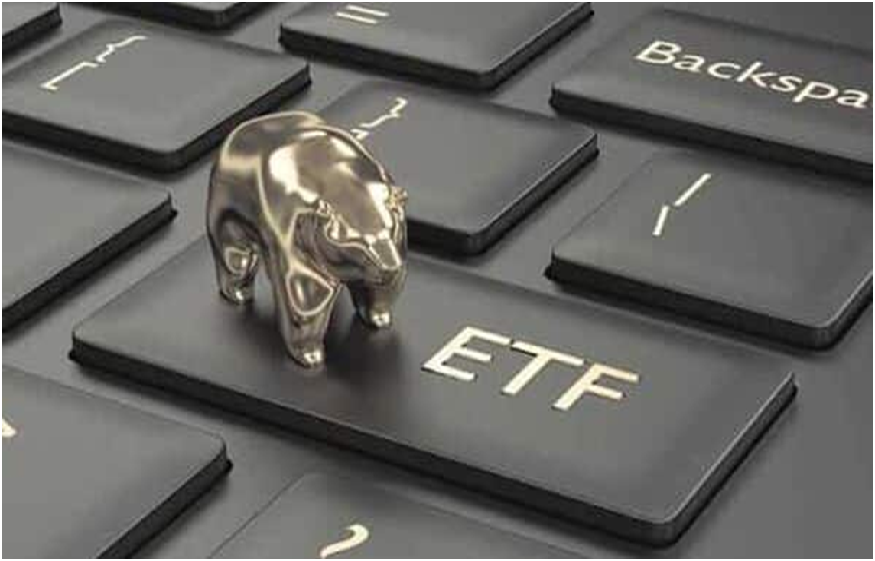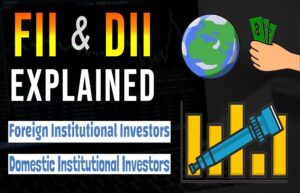An exchange-traded fund (ETF) is a type of investment that allows you to diversify your portfolio and benefit from the growth potential of global markets. ETFs can increase returns, manage risk, and build wealth over time. This article will explore ways to use ETFs to maximise your savings and get the most out of your investments.
What is an ETF?
An ETF is a type of security that tracks an index or basket of securities such as stocks, bonds, commodities, or a combination thereof. They are traded on exchanges just like stocks, but unlike regular investing, they allow investors to gain exposure quickly and inexpensively in many different sectors at once. ETFs also provide investors with low fees, high liquidity, and more significant diversification benefits than traditional mutual funds.
Investors may invest in ETFs for various reasons, such as increasing returns, managing risk, and building wealth over time. With ETFs, investors can access a wide range of asset classes and geographic regions with just one fund. This provides diversification benefits and the potential for higher returns than what can be achieved by investing in individual stocks or mutual funds.
How to use ETFs to maximise your savings
You can use several strategies to make the most out of your ETF investments.
Start with a solid investment strategy: The key to successful investing is a clear investment strategy before buying ETFs or other investments. This will help ensure you make the right decisions and maximise your returns while minimising risk.
A sound investment strategy should include research into what types of assets you want to invest in and how much you are willing to risk. It should also include whether you’re looking for long-term growth or short-term gains and if any specific markets interest you. Once you have your strategy, you’ll be ready to invest and maximise your savings.
Use ETFs with low fees: ETFs are a great way to diversify your portfolio without paying high fees. Many well-known ETFs have very low expense ratios—the amount of money the fund charges each year in return for its management services—which can help keep costs down and maximise returns on your investments. It’s important to research different ETFs before investing, so you know what expenses you’re paying and how they compare to other similar funds.
Diversify across asset classes: One of the main benefits of ETFs is their ability to give investors access to multiple asset classes at once. By diversifying across different asset classes, you can reduce the risk of investing in any particular asset and spread your investments out over multiple markets. This reduces your overall portfolio risk while allowing you to benefit from potential gains in any sector or market. An ETF broker Singapore can help advise you on diversification if you are unsure.
Take advantage of index ETFs: Index ETFs are a type of exchange-traded fund that track specific stock indices such as the S&P 500 or Nasdaq Composite Index. These funds enable investors to immediately gain exposure to the broad market instead of buying individual stocks or bonds. Index ETFs often have smaller cost ratios than those that are actively managed, making them an attractive option for investors looking to maximise their savings.
Utilise tax-advantaged accounts: Finally, using ETFs in a tax-advantaged account can also help you maximise your savings. Tax-advantaged accounts like 401(k)s, Roth IRAs, and 529 Plans allow your investments to grow tax-free or at reduced tax rates. This can help you save money over the long term and get the most out of your investment portfolio.
Risk management
It’s also important to consider the risks associated with ETF investing. As with any investment, there is always a chance that you could lose money. Researching different ETFs and understanding the associated risks before investing is essential. You should also ensure that your overall portfolio has an appropriate level of risk for your goals and risk tolerance.
Another thing to remember is that ETFs are subject to market volatility and may not always perform as expected. Monitoring your investments regularly and adjusting as needed to remain on track with your goals is essential.
With that said
ETFs can be a great way to maximise your savings by providing diversification, low fees, and access to multiple asset classes. By following a solid investment strategy, taking advantage of index ETFs, and utilising tax-advantaged accounts, you can maximise your ETF investments and get the most for your money.
However, it’s important to remember that investing in ETFs does involve some risk, and you should always be mindful of the potential for losses. Researching different funds and ensuring your portfolio is adequately diversified can help minimise risk and maximise investment returns.



